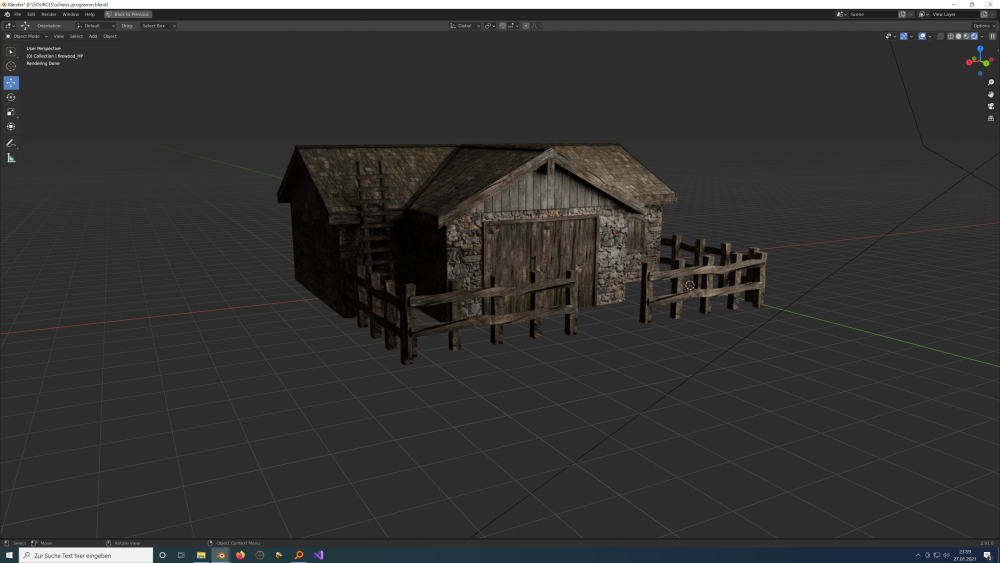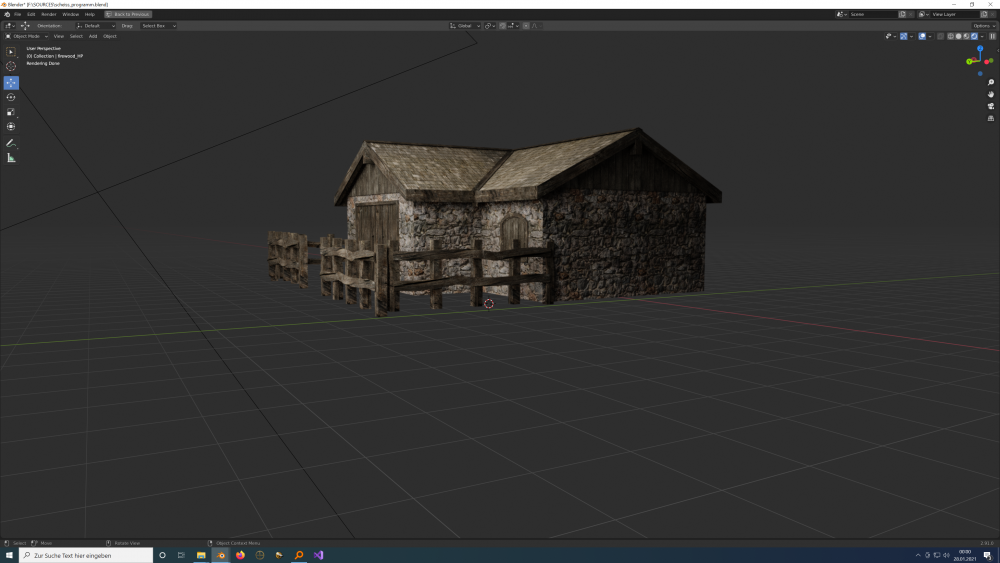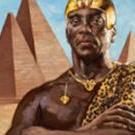Leaderboard
Popular Content
Showing content with the highest reputation on 2021-02-05 in Posts
-
4 points
-
3 points
-
3 points
-
2 points
-
While certainly having different models for upgraded units would be awesome IMO it seems not too practical to do. Just clicking on an archer and being able to see a little +1 or +2 near an arrow or armor icon is everything one needs in terms of gameplay. That, or just killing all stats if the 'discover by losing fights' line of thinking is preferred. Give the player easy to read stats so all can have a fair playing field or kill all stats so it can't be used only by players who memorize the obscure numbers.2 points
-
Yeah, so a compact and informative tooltip, with a *pedia-like option for those who desire that.2 points
-
1 point
-
You're right, v is not being used here. Now I'm starting to see... I thought all this stuff was in the denominator. I'm terrible at counting parenthesis... I'd be the worst LISP programmer. Now I understand. The last problem I was having was with my UnitVector class not having Multiply(), and was going "where does it need to multiply?" That last closing parenthesis before Multiply is giving me a rotated unit vector... BINGO! Thanks, gentlemen; this file compiles now.1 point
-
I lauched a build for the installers, they should be ready in a few hours. https://jenkins.wildfiregames.com/job/macos-all-bundles/66/console (You need to be logged in to see them) Either I or @wraitii will upload them to more friendly place for you to download afterwards. A few notes! - The RCs's version is r24841 - The RC will overwrite the current installed version. - The RC will use your current config including mods, so make sure to disable everything (fgod, autociv, and badosu's mod are not supported) - You might get warnings about hotkeys, we redesigned completely the system, so you might have to fix some of them (you may want to backup your config file if your intend to play A23B again - It goes without saying but even though we are really close to a release, this is an experimental version. If you want to help more you can also perform those steps Launch a random game Test your language's translations and fix them on Transifex. Launch a normal skirmish. Connect to the lobby Play on the lobby with someone Launch Atlas See if everything works there. Open Unit tests demo (To see if there any breakage in displaying entity's) Try mods If you need any help ping me Enable feedback and see if it works (Main menu) Connect to and use mod.io Test replaying new games Test Saving and loading a game.1 point
-
No description? just a random photo??? please make a descript description so we know what a club is1 point
-
Not for A24, no, since we're in feature freeze ^^ But thereafter should be rather easy. in UnitAI.prototype.Attack one can check if the order changes and return if it doesn't. Feel free to make a patch ;)1 point
-
Yeah, ugly indeed, planned to be fixed, but currently not possible yet (except for your first stated problem of the manual reordering) https://trac.wildfiregames.com/ticket/5893 should fix part of the problem.1 point
-
I agree... 0 A.D. has been quite economic with visually representing game mechanics. Which is understandable given the voluntary nature and limited manpower of the project. Imagine we would have a distinct building set for each phase for each civ (AoE style), that would be an insane amount of work for the very few people capable of doing it in the required quality. However, a lot of effort has been put into visual details regarding historical accuracy (which has been a claimed goal of this project). Many units have several actors representing them (with several shield types, helmet types, clothing, ...). This is great from the historical perspective, but not from a gameplay perspective. Units are far more difficult to identify on a quick glance than in other games because of this variety and because of the details. Their role is not always clear and in some cases the amount of extra information is more overwhelming than helpful. Obviously there is a tradeoff. But I think there is still room for improvement. I'd prefer a truly visual representation of unit stats without any text but icons instead. Use a minimal amount of numbers (if any) and prefer something like color shades (green - healthy, red - near death) or a bar split into a discrete amount of segments where you can only derive approximate values. An extensive description of the exact values (if still desired) belongs to an extra page which is not visible during normal gameplay. Of course, representing the stats in the animations, with particles etc. would be very nice, but I have not seen much effort made into that direction (rather into depicting historically accurate details). So I don't expect big changes here... This just reminds me of League of Legends. I began to play it at the end of Season 2 (2012), there was a good amount of champions, of items. It was exciting to play around with conventional and ridiculous strategies. People were trying different things and had completely different approaches to the game. Most importantly, the had FUN. There was no perfect balance, but a new player could still find his way around after some games. There were quite some numbers, but the majority of them was easy to understand and could give you a rough feeling of strengths and weaknesses as well as the playstyle. There was already a competitive eSports scene, but it was not that present to the normal player. However, more and more champions were added and each one had to be "interesting", so their abilites got more special, had more possible interactions. However, they were more difficult to master - presumably because the growing competitive scene needed something more interesting - and especially more difficult to understand. Read https://leagueoflegends.fandom.com/wiki/Aphelios as an example. Now there are more than 150 champions and for many of them you have to read several pages just to know their basic abilities. Then, actually, you have to continue with item builds, analyze different matchups, synergies, counters, know the metagame and their role... it gets endless and it changes with every patch (and actually that is wanted because even the professional players never get the possibility to find out the "perfect" strategy). I got annoyed by the game (and I know others as well) because it felt that the original, simple and clear playstyle which you could still see in some older champions was not wanted anymore by the game developer and the competitive scene. Older champions got updates and often were changed completely to "match" the new champions. The gameplay feeling of the early days is completely gone. Everything is optimized, maximized, polished, analyzed, broadcasted, streamed, ... Every streamer is praising himself how "broken" some champion is with whatever new "OP build"... see https://www.youtube.com/user/SirhcEz/videos as an example. (from "Why LoL brings out the worst in people with a "competitive" personality type", https://www.reddit.com/r/leagueoflegends/comments/ajoire/why_lol_brings_out_the_worst_in_people_with_a/) It feels like competitiveness has reached every niche of the game. I have gotten tired of it. Sorry, I hope this was not too much negativity. I just wanted to illustrate what 0 A.D. could learn from the mistakes of other games... I still like 0 A.D. but it experiences the changes observable in other games to some degree, too. Still it is possible for everyone to propose changes and to engange in their implementation and that is very valuable. Have a good day!1 point
-
Actually emscripten should be able to translate C/C++ to javascript/webassembly. The question is if this is a worthy effort. If it does not run well with native code, with webassembly I wouldn't expect it to be any better.1 point
-
1 point
-
Here's a mini-course in materials and optics: The diffuse texture represents the color of the material for the portion of light that reflects "diffusely" (randomly, sort of, in a photon by photon basis). The specular texture represents the color of the material for the portion of light that reflects "straight"... mirror-like. Some materials are entirely diffuse, or at least best modeled as such, such as dirt or cloth. Represent as colors in diffuse; black in specular. Some materials are almost entirely specular, such as highly polished metals. Represent as color in specular; black in diffuse. The FIRST RULE of scientific texturing is to never make the sum of diffuse and specular greater than white. Morover, never make any single channel add to more than 1.0 (or 255 if using char color notation). Doing so makes that pixel in the texture set indicate a material that reflects more light energy than it receives, which is not physically possible. Blender, unfortunately, entirely ignores this concern in its light/material pipeline. Blender's pipeline is NOT physics based, no matter how much they repeat it is. If you want realistic materials, you have to enforce the rules of optics yourself. And this is your first rule; make sure no pixel adds to more than white if you add diffuse and specular. They should never add to more than 0.9, 0.9, 0.9, really, as even mirrors have trouble reflecting more than 90%. So, something white in specular but black in diffuse looks like a mirror. Something white in diffuse but black in specular looks like white chalk powder. Something white in both looks like an ugly glowing thing from another universe. But there are many kinds of impossible colors that can ruin a game asset without adding to greater than white. A material that is red in diffuse but green in specular is a complete optical atrocity. No such material exists or could ever exist. From this point of view, the old texturers' trick of taking the diffuse texture and desaturating it to make a starting point for a specular texture is not entirely without mertit; it does prevent at least some atrocities. The problem is that everything ends up looking like plastic when you do that. Plastics behave precisely that way: diffuse color with gray specularity. Assets look infinitely better when you understand basic optics and make sure the materials are deliberately represented. I prefer to use separate textures for metallic and non-metallic areas, and later combine them. Metals: One thing that is fundamentally different for metals, besides their being very specular, is that their specularity has color. That is, if you look at a blue object reflected on a polished gold surface, it will look dark, because gold is yellow in specular, which doesn't reflect blue as well as red and green. The same is NOT true of paints and plastics, which reflect WITHOUT coloring their reflections. Another thing that is fundamentally different for metals is that their "diffuse" specularity, if any, is more like an over-saturated and dimmed version of their specular color. This is because light reflecting off a colored metal that reflects diffusely, randomly, implies that it bounces two or three times before coming out, probably by entering and exiting a micro-cavity on the metal surface, and at each reflection it becomes MORE colored by the metal. Thus, if your metal is gold, which in specular would be about 0.9, 0.9, 0.5, after a second bounce it becomes 0.81, 0.81, 0.25, that is, the square of the specular. And if it bounces a third time it will be 0.73, 0.73, 0.125, i.e. cubed. If we assume two and a half bounces average, we could use the average of the square and the cube, roughly 0.77, 0.77, 0.185. But probably less than 10% of the surface is pockmarked by microscopic cavities, so we can take a tenth of that figure, and compensate by reducing specular by 10%. So, our final physics modelling for gold's color is 0.077, 0.077, 0.0185 diffuse, and 0.81, 0.81, 0.45 specular. If you try it, you'll be surprised how remarkably golden that looks, even if in the diffuse texture it looks too dark to even see. Science delivers! Another thing that makes metallic reflections recognizable is that the angle does not matter; they reflect the same at any angle. Non-metals: Specular reflections from non-metals are a completely different animal. Here reflections are caused by photons being unable to refract into the material, which depends on the incident angle and the material's index of refraction (related to its dielectric constant), and following Fresnel law. If the photon reflects, it does so color-blindly. If it does not reflec, but enter the material, instead, then it may meet a particle of pigment and become colored, and eventually come out of the material in a diffuse way. This is how a typical car paint works. To represent car paint in a game you need a fresnel shader that will typically ignore your specular texture color, compute a variable intensity of specularity based on the angle of reflection, and make that specularity white; and then use 1 minus that specularity to modulate diffuse color. If you cannot use Fresnel, then you are relegated to the horrible last option of making specular color gray for paint, which will actually look like cheap plastic. What about things like plants, and human skin? Well, with shaders you can do wonderful things, like sub-surface scattering; but if you are limited to using standard OGL pipeline diffuse and specular, make plants green and human skin pink or brown to taste, and then make specular dark-grey. Plastic looks look better than metal for living things...1 point
-
This kind of problem is typical of games using the method whereby the scene is rendered to a depth texture from a light source, and then the depth info is transformed and compared with when rendering from the camera. "Depth buffer" is it called? Precision is a big issue with this method. There are offsets that can be tweaked, but ultimately you'll end up either with shadows that don't make it like they should, or light that doesn't make it that should have. I once saw a paper about a possible solution for this problem, but I no longer have the link; it involved transforming the scene BEFORE rendering the depth textures, then compensating for it numerically in the depth render, so as to end up with a depth buffer that roughly aligns with the view frustrum and better uses the depth bits. A more expedient solution is to make sure the assets don't have cases of self-shadowing that's cast too shortly (from too shallow a depth difference). In the case of the building shown a few posts back, making that ledge twice as high would probably cure the problem, if the problem is what I think it is.1 point
-
There's a greater, cultural problem, where games are concerned, that this is a part of. Just as in politics, where some fanatical and loud minority can steer politics in a direction that disadvantages the vast majority of people, in gaming culture there's also one typical loud minority that drives developers to ruin games for the rest of us. This minority is the dedicated, full time, competitive online gamers, who typically no longer care for the story or the art, or even the sound quality or the graphics anymore (presumably they cared at the beginning); once they become advanced and start getting an online reputation, all they come to care about is winning, and to win they need to know how the game works down to points of health removed by each single use of a weapon given so many points of defensive armor... Such people typically DEMAND stats and whatnot. But the thing for developers to keep in mind is that such players are NOT representative of most players. Most players would typically enjoy the scenery, enjoy the NOT knowing everything, and enjoy forgetting that they are playing a game in the first place. Realism is far more important than predictability to most of us. In the real world you don't look at a tag for most people you meet to read how likely are they to lie to you, for example. Why is it that in about half of the games that use such stats, they can be read directly in the interface? Who is being served by such openness? I think it is the loud minority of high adrenaline, competitive players that typically ruin games before they even release, if they can... winning also developer attention to the detriment of most people. The proof can be found right in this page, where someone answers the question why should the user know these stats by saying you are more likely to win if you have this knowledge. As I said, all they care about is winning. All other aspects of the game that would increase immersiveness are, to them, merely decorative.1 point
-
And RPG's had a paper legacy where they where already part of the zeitgeist for that class of games. Enjoy the Choice1 point
-
1 point
-
Look at many of the classic games. In Doom, health was represented by your face in the bottom bar; and the capabilities of the various monsters was for you to discover. In Descent it was obvious that kinetic munitions bypassed shields but had the problem of running out, whereas energy weapons never ran out but needed to get through shields; but you never had exact numbers of how much damage of what kind this does, etceteras; it was up to you to discover what worked. In Masters of Orion, battle stats used pretty advanced math, with gaussian probabilities and whatnot; but this was discovered and published by hackers; it was never even hinted at in-game. In Privateer, it was up to you to discover that the lowliest gun, the laser, was actually better than the top of the line plasma if you added all the extras. RPG's started this boring fashion of putting stats in-game, which is understandable to some extent, since you had to deal with advancing your character, which had so many points for this and so many for that; people got curiours how monsters compared. But the hell with RPG's! In Sim City it was up to you to discover that police stations became more and more corrupt over time, and that probably the only way to deal with it was to destroy them all and then start fresh. In Starcraft there were stats that one could read about online, but they were not present in the game itself. Games where all the rules are put on the table are the least immersive. Gamers speak of things like "to hit" ratios. If you go to a weapons show, do the developers show "to hit" numbers for their weapons? Stats are ludicrous simplifications, sometimes entirely absurd quantities; and the least you reveal about them the better.1 point
-
I prefer the upkeep costs solution (maybe we can move those posts here?)1 point
-
Hey, tnx feedback. The infantry mercenary costs 20f/60m, how can this look like an 80f/60w/80m champion? Training time is very low than champions. Infantry mercenary in a23 cost total 100 res, in a24 cost total 80. The high metal cost is fair cuz they can be trainee quickly, and cost less than Citizen unit, and add more realistic gameplay. Mercenaries were hired to fight, so cant get res add more realism and seems like a "new units". Mercenaries have a Very efficient technology, so can be a good strategy.1 point
-
1 point
-
1 point
-
0 points



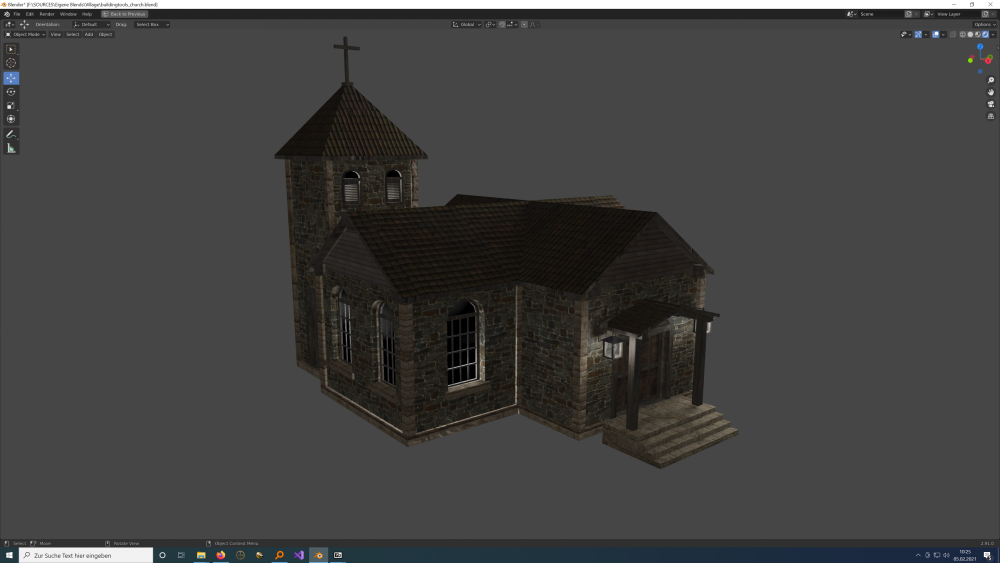
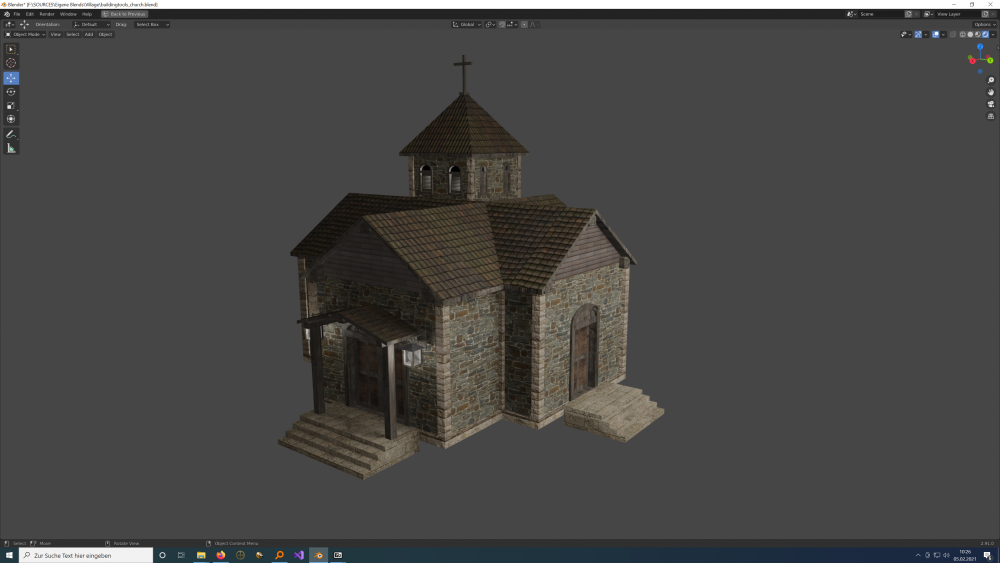
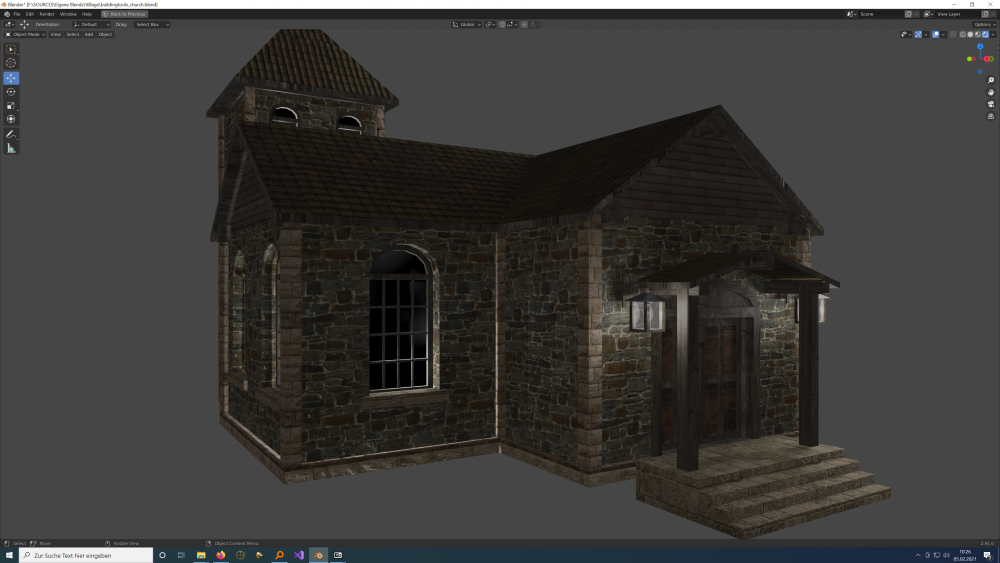
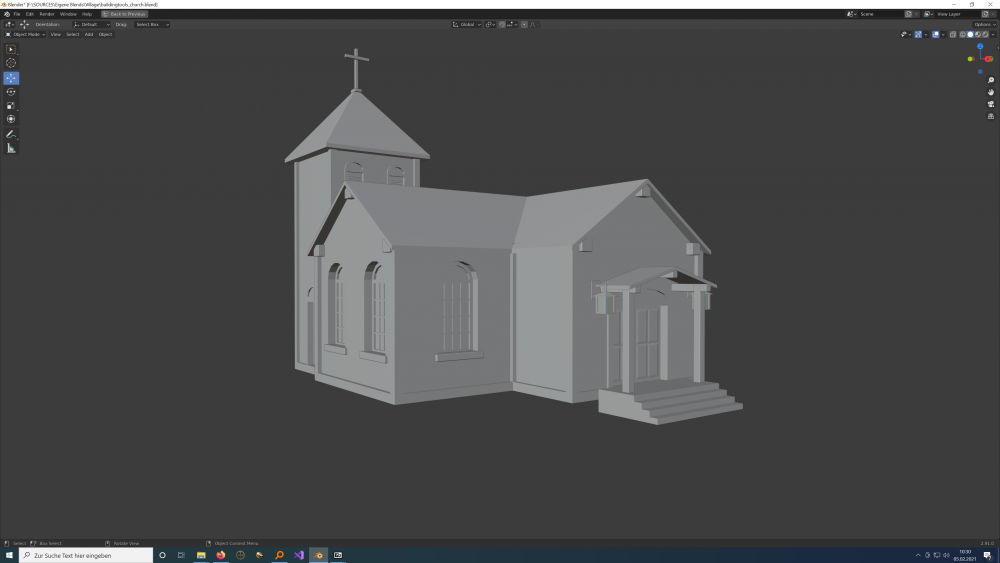
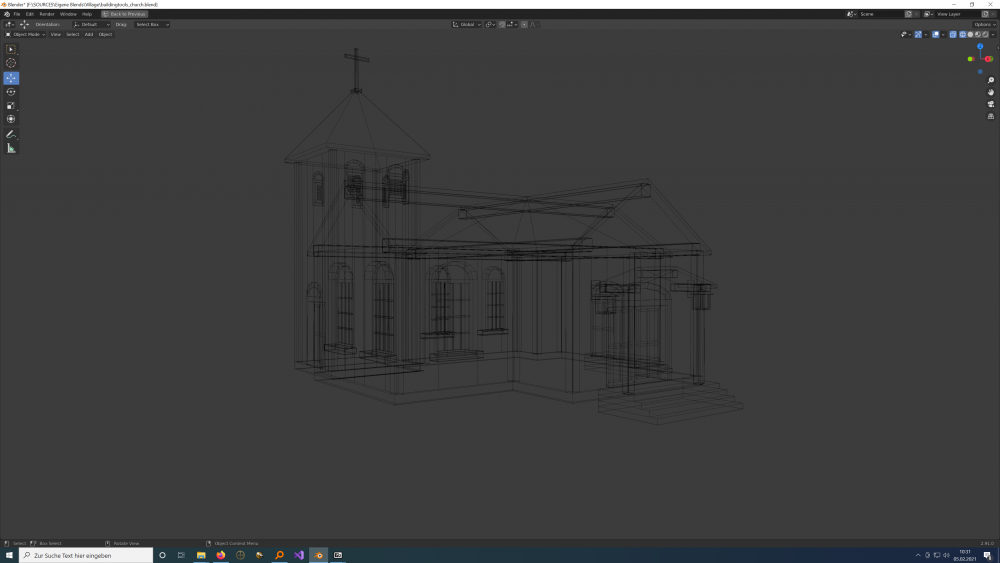
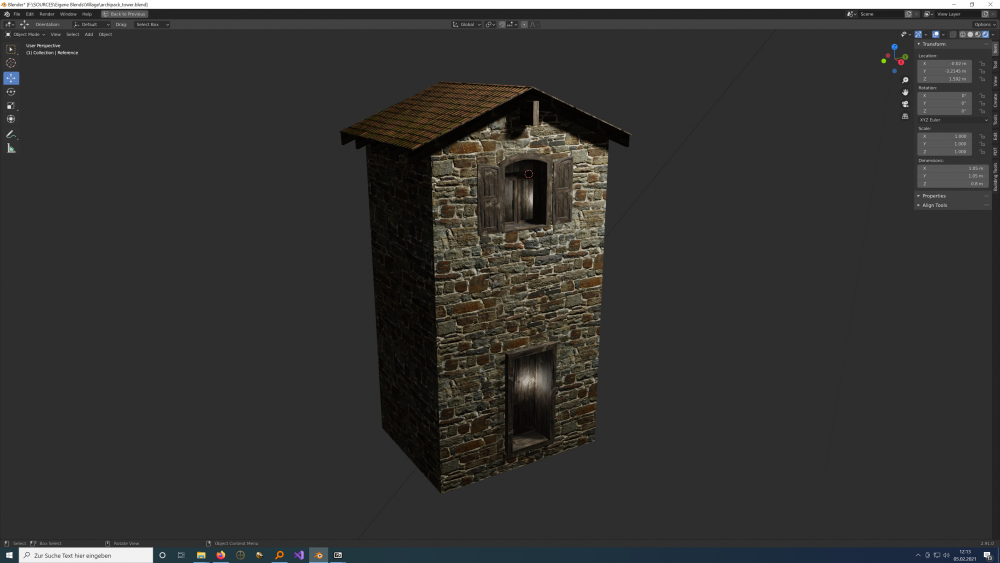
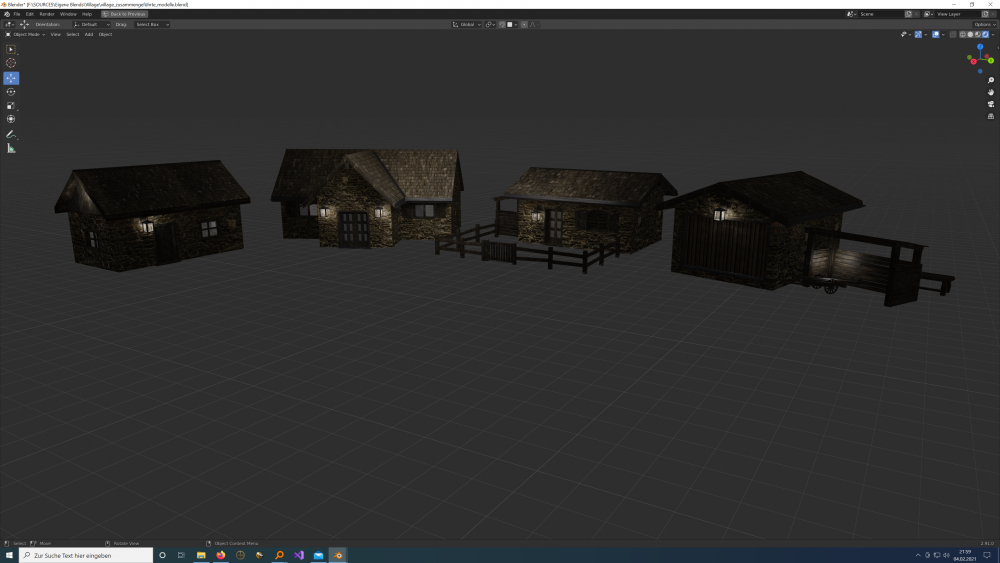
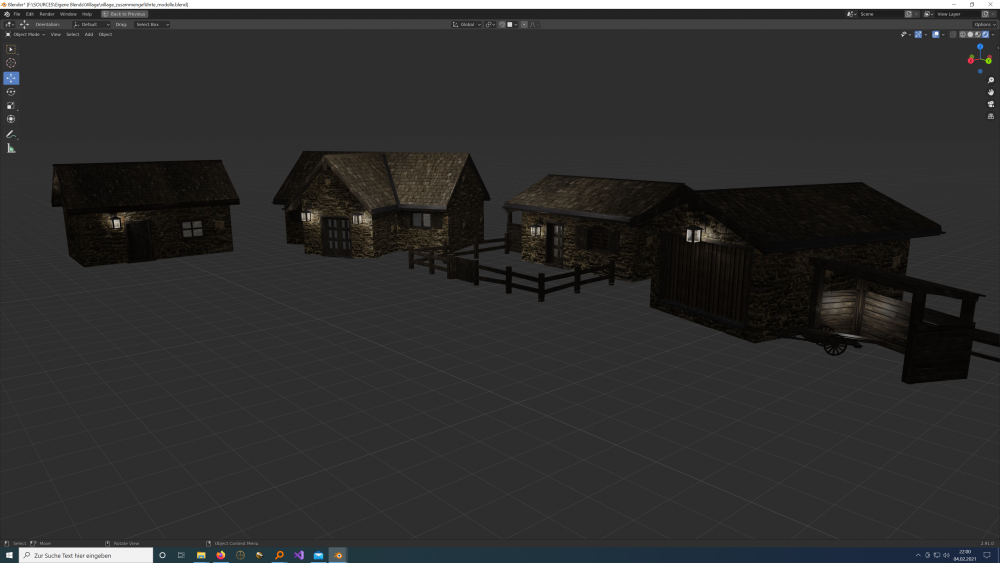
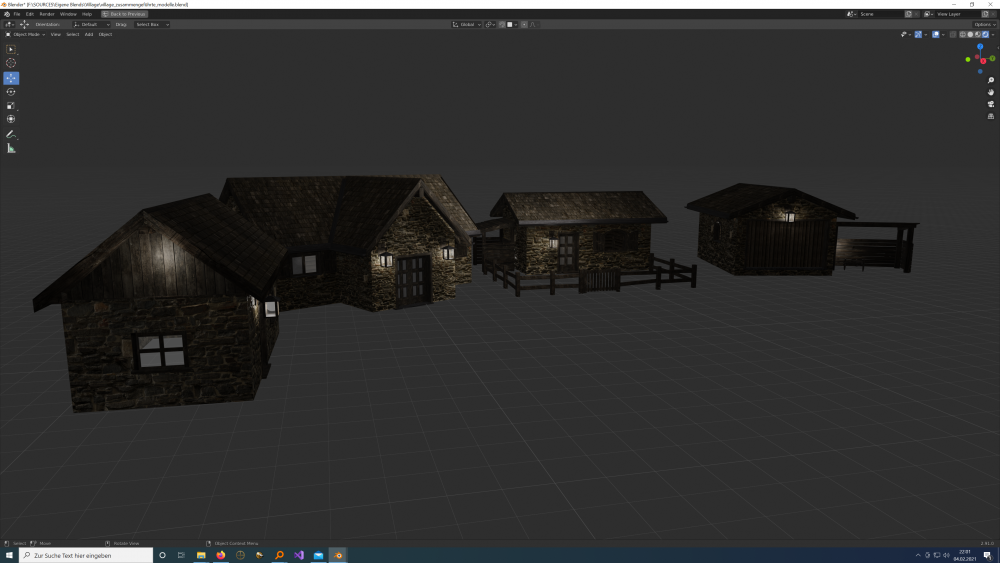
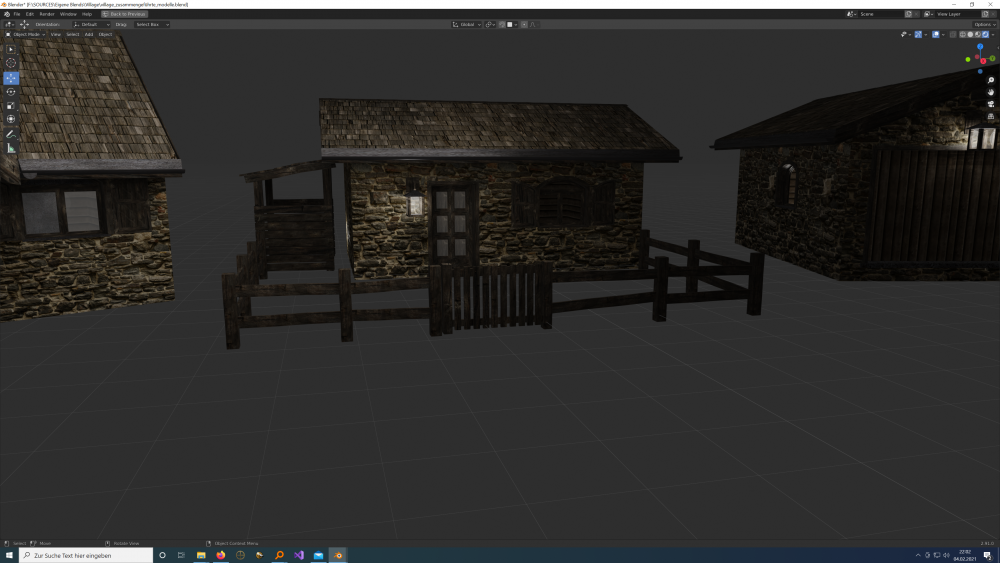
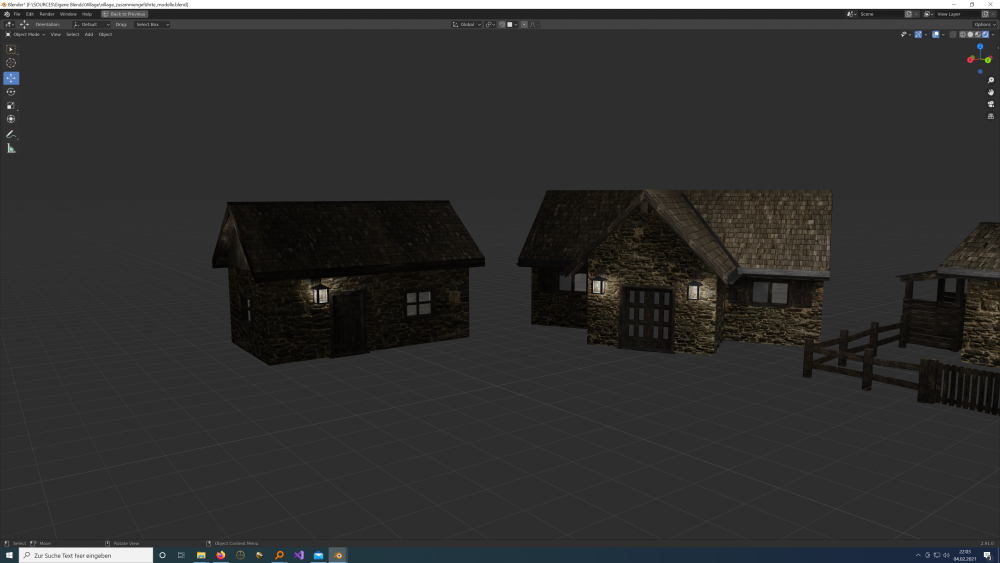
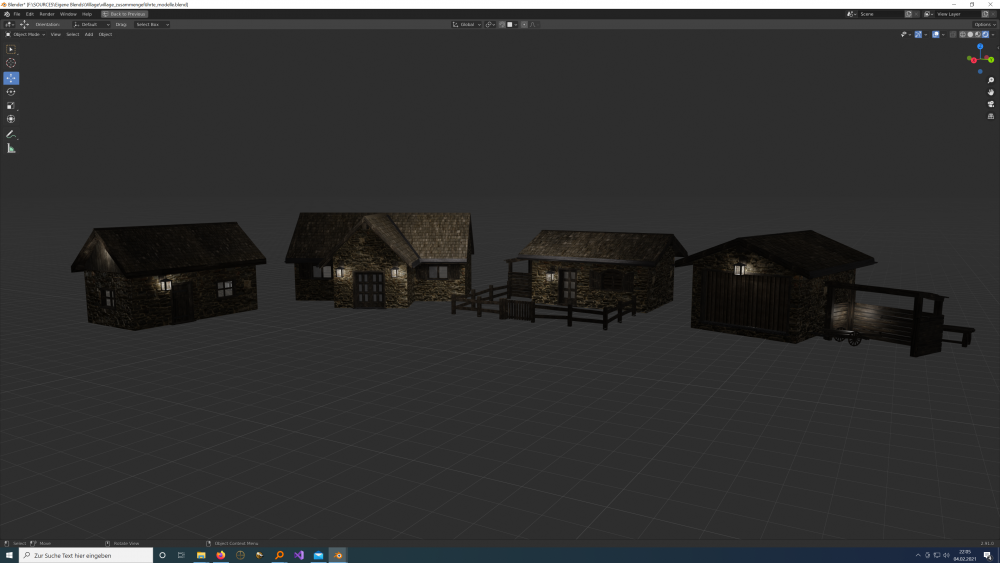
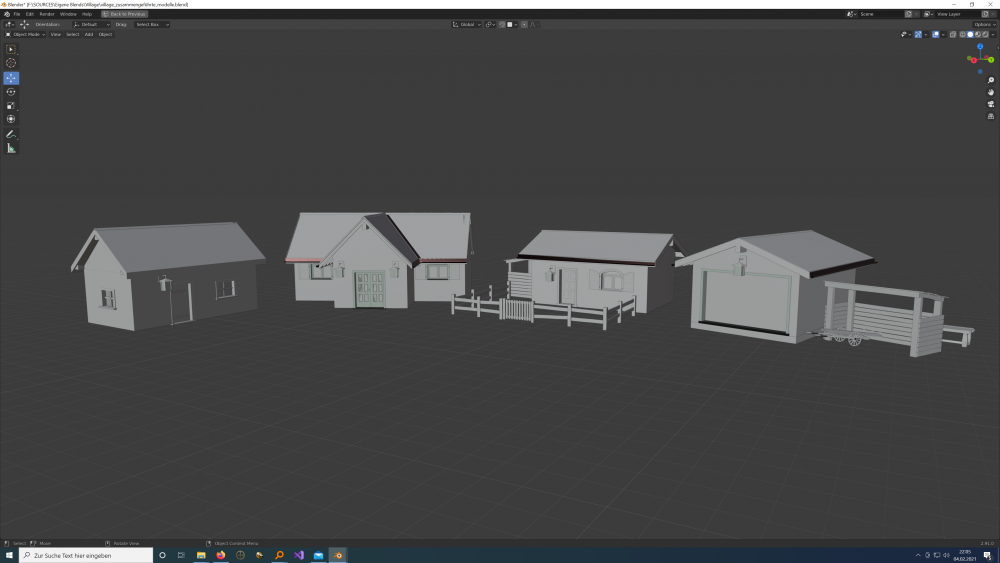
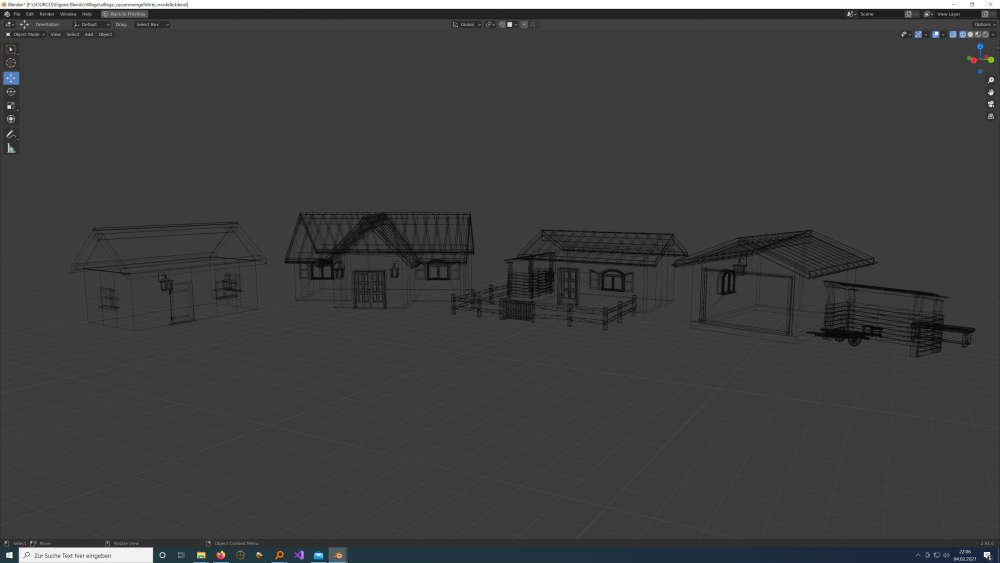

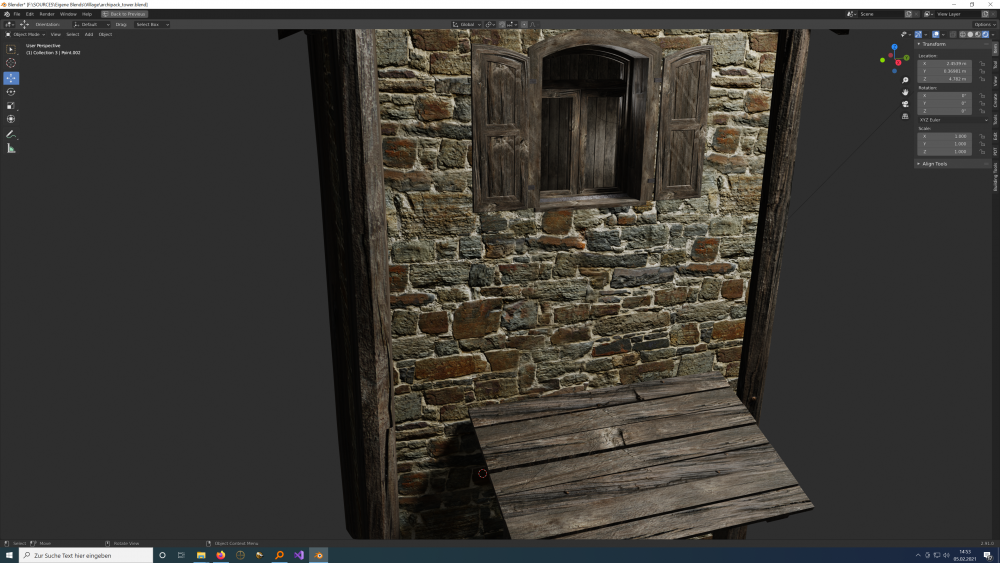
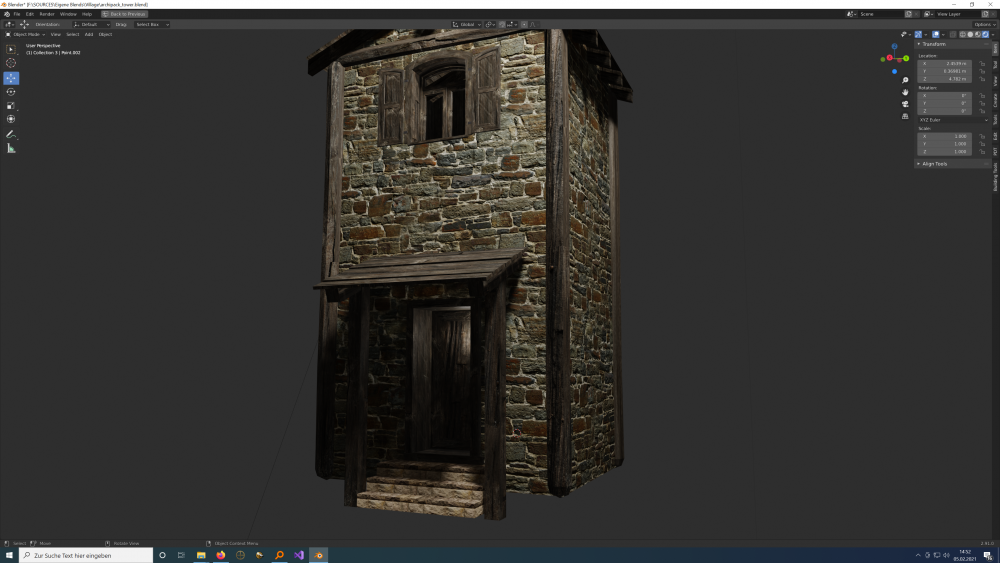


.thumb.png.f3f47d08fd1bf1063ea4b371390681b4.png)

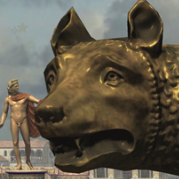
(1).thumb.gif.b5909d3df98a8ec15dc452423f219bc5.gif)
